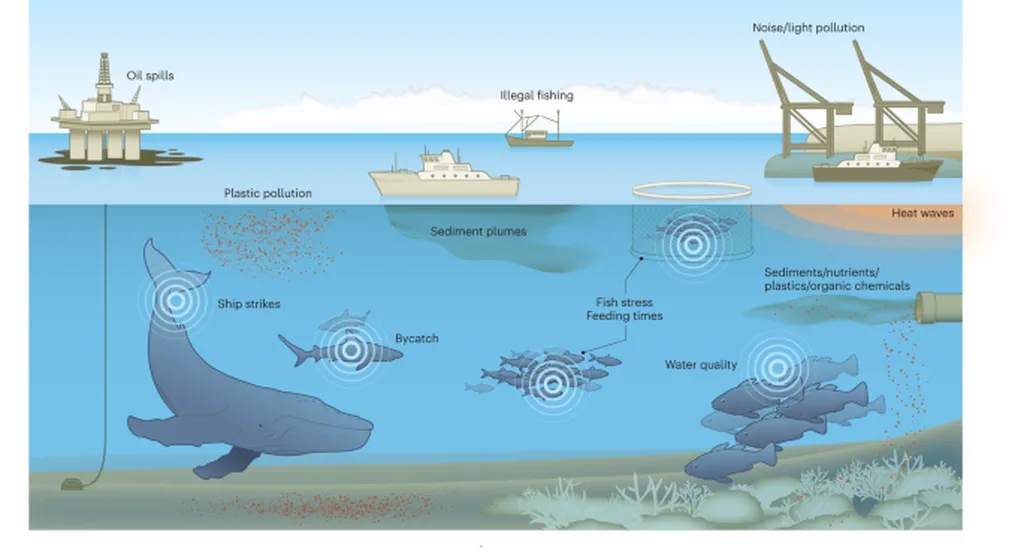In the world of maritime engineering, ensuring the structural integrity of vessels is paramount. A recent study published in the journal ‘Computer Assisted Methods in Engineering and Science’ (formerly known as ‘Computer Assisted Methods in Engineering and Science’) offers a novel approach to detecting damage in structural elements using elastic wave propagation. The research, led by Wiesław Ostachowicz from Gdynia Maritime University, could have significant implications for the maritime industry, offering a more efficient and accurate way to monitor and maintain ship structures.
So, what’s the big deal about elastic waves? Imagine tapping a ship’s hull and listening to the echo. The way the sound travels can reveal a lot about the structure’s condition. Ostachowicz and his team have taken this concept a step further by using mathematical models to simulate how elastic waves propagate through structural elements like rods, beams, and panels. They’ve employed a method called the Spectral Element Method (SEM), which breaks down structures into smaller, manageable pieces called spectral finite elements.
Here’s where it gets interesting. The team considered damage in the form of cracks, which can vary in length, depth, and location. They modeled these cracks as “line springs” with varying stiffness. By observing how elastic waves interact with these damaged areas, they can pinpoint the location and severity of the damage. As Ostachowicz puts it, “The problem of the elastic wave propagation has been solved by the use of the Spectral Element Method (SEM). In this approach elements of structures are modelled by a number of spectral finite elements with nodes defined at appropriate Gauss-Lobatto-Legendre points.”
So, what does this mean for the maritime industry? For starters, it could revolutionize the way ships are inspected and maintained. Traditional methods of damage detection often involve visual inspections or ultrasonic testing, which can be time-consuming and labor-intensive. This new approach could allow for more frequent and thorough inspections, potentially catching damage before it becomes critical.
Moreover, the method could be particularly useful for monitoring critical structural elements that are difficult to access or inspect visually. For instance, it could be used to monitor the condition of a ship’s hull or the integrity of its internal structures. This could lead to significant cost savings by reducing the need for dry-docking and repairs.
The commercial opportunities are also substantial. Companies specializing in ship maintenance and inspection could integrate this technology into their services, offering more comprehensive and efficient solutions to their clients. Additionally, shipbuilders could use this method to ensure the quality of their constructions, potentially leading to safer and more durable vessels.
In conclusion, Ostachowicz’s research presents an exciting advancement in the field of structural health monitoring. While there’s still work to be done to translate this research into practical applications, the potential benefits for the maritime industry are clear. As the industry continues to evolve, so too will the tools and technologies used to maintain and inspect ships. And with innovations like this, the future of maritime engineering looks brighter than ever.

